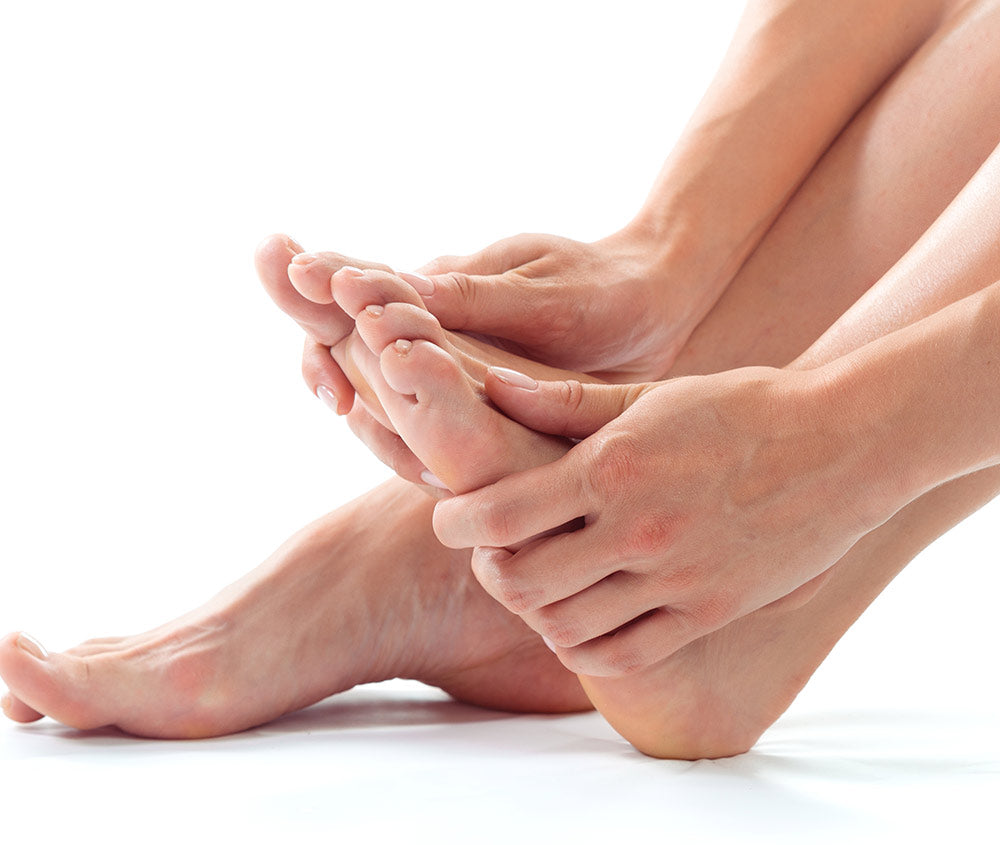There are so many beauty myths out there and it’s easy to believe common beauty “advice” when you’ve heard everyone from your grandmother to your bestie swear by them. There are so many nail myths out there, but you have come to the right place to set the record straight!
Myth #1: Eating gelatin can give you stronger nails
Eating gelatin is a common myth that was developed during periods in history when protein-rich food sources were costly for the average person.
Because gelatin is an inexpensive protein source derived from pigs, it was considered a solution for nail health. It is true, however, that nails are composed of protein and therefore it is essential to consume a protein-rich diet for healthy nails. Because western society already consumes adequate amounts of protein whether plant or animal based, protein deficiency is extremely rare and so consuming large quantities of jello? Not necessary!
Myth #2: Nails Breathe
What comes to mind when you hear this myth? Whenever we picture nails breathing, we think of a nail with two little lungs. The take home is nails do NOT breathe! Rather, nails derive oxygen and nutrients via blood flow. This explains why nails tend to become more brittle with age, as our peripheral circulation weakens.
The best way to improve your overall circulation is with regular cardiovascular activity. Hand massage can also help. Simply massage your favorite cuticle oil into the hand, nail, and surrounding skin throughout the day, and you’ll notice your hands warm up immediately. And you’ll benefit from some self-care too!
Myth #3: Trimming the cuticle will make it grow more
You might have heard this from a manicurist, but the truth is that trimming the cuticle will not make it grow more.
You can think of the cuticle as the nail’s natural protective seal. It prevents water from entering the nail unit, and this membranous structure is the key to a healthy nail. It is like the grout in between the tiles in your shower because it prevents water from entering the nail unit.
Instead of trimming the cuticle, gently push back the cuticle after a warm shower or bath. Be sure to keep cuticles hydrated with oils or ointments that are rich in essential oils, as creams don’t absorb as well.
Myth #4: White spots on the nail are due to calcium deficiency
Many people believe that white spots on the nail are due to a calcium deficiency. Remember being told to drink your milk as a child? It might surprise you that calcium is not a major component of nail composition.
While there are many causes for white spots on the nail, the more common type of white spot, referred to as punctate leukonychia, is due to minor trauma to the area of the nail where the nail grows from the matrix.
These spots are extremely common in kids because they have thinner, less protective nails and tend to experience more physical play that can result in minor bangs to the nail. These patches are located within the nail plate and will often go away with the outgrowth of the nail.
Myth #5: Cutting the cuticle is harmless
This is a major myth! In fact, the most issues Dr. Dana has seen in her practice stem from aggressive cuticle removal. Her mantra is that you can’t have a healthy nail if you don’t have a healthy, intact cuticle.
This protective seal, when weakened or damaged, will allow moisture to enter the nail unit, creating a moist environment with yeast, where the nail is trying to grow. Because the new incoming nail is starting out in an abnormal environment, it will not grow normally, and will appear with flaws on the surface, including white patches and waves. In more severe cases, bacteria can enter the compromised cuticle resulting in an infection that will likely require drainage and antibiotics.
Myth #6: White patches on the toenails are always due to fungus
One of the most common causes of white patches on the toenails is from prolonged polish use. When toenail polish is left on for long periods of time and then removed, the top layer of nail cells is often removed along with the polish. As a result, white patches, known as keratin granulations, develop on the nail surface. These pesky patches can be treated effectively with the Dr Dana Nail Renewal System. Keep in mind that if these patches don’t resolve, consultation with a dermatologist or podiatrist is recommended.
Myth #7: You can’t get an infection if you use your own tools
While Dr. Dana is a huge advocate of using your own manicure or pedicure tools, you can most certainly get an infection from your own tools if they are not properly sanitized regularly.
Make sure to wash your tools with hot, soapy water after each use and then a soak or wipe down with rubbing alcohol. They should be thoroughly dried before storage in an airtight bag. And don’t forget to replace porous items regularly, as they can store bacteria and mold when wet.



